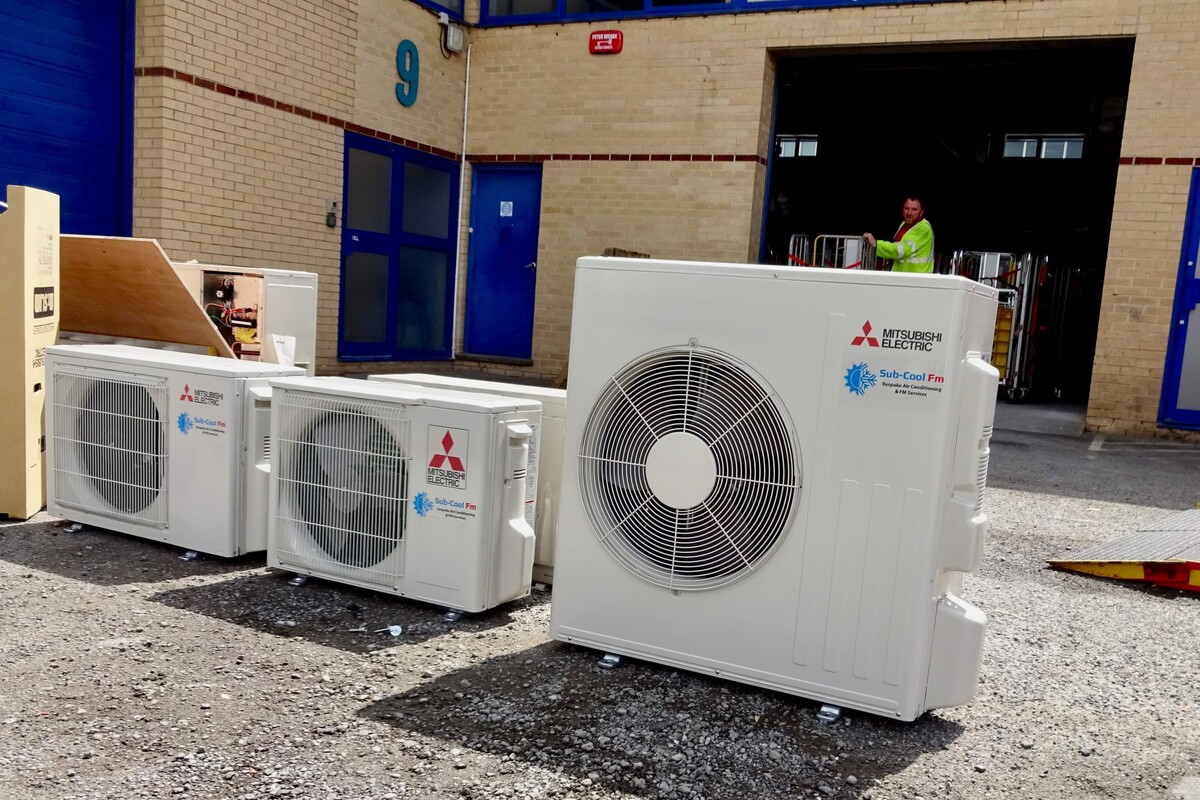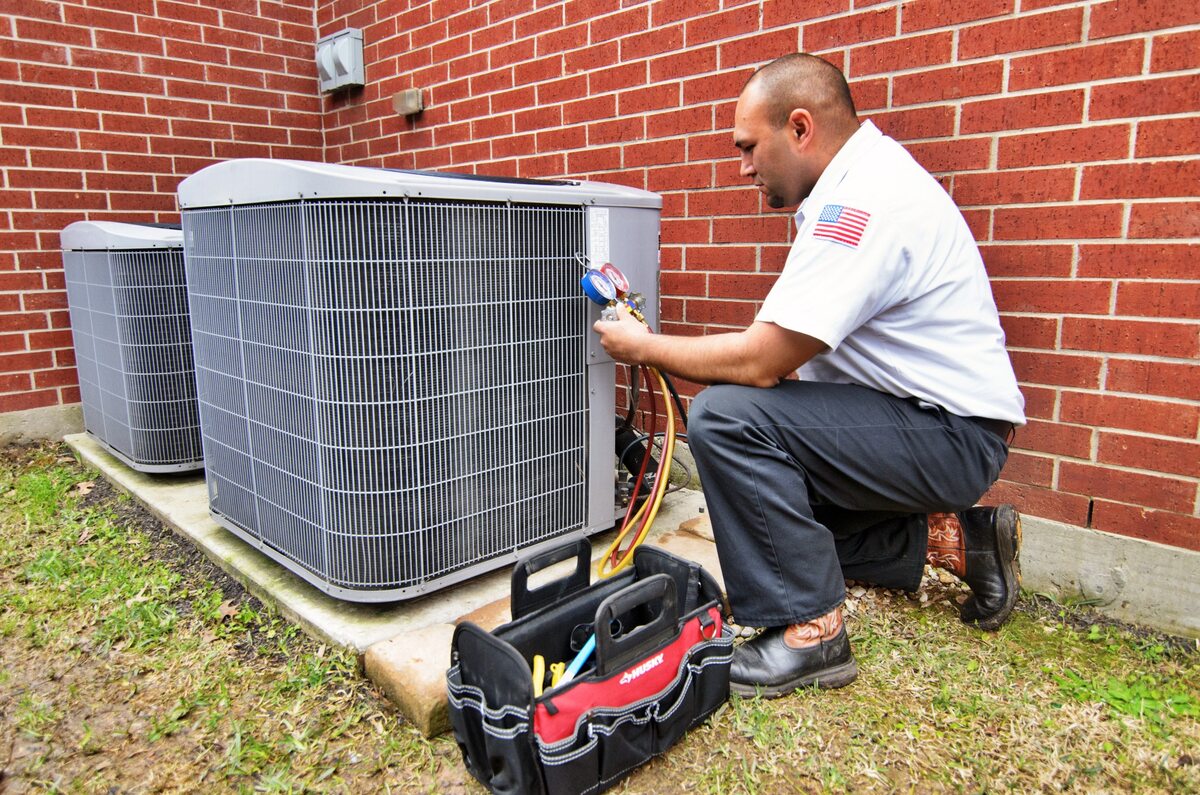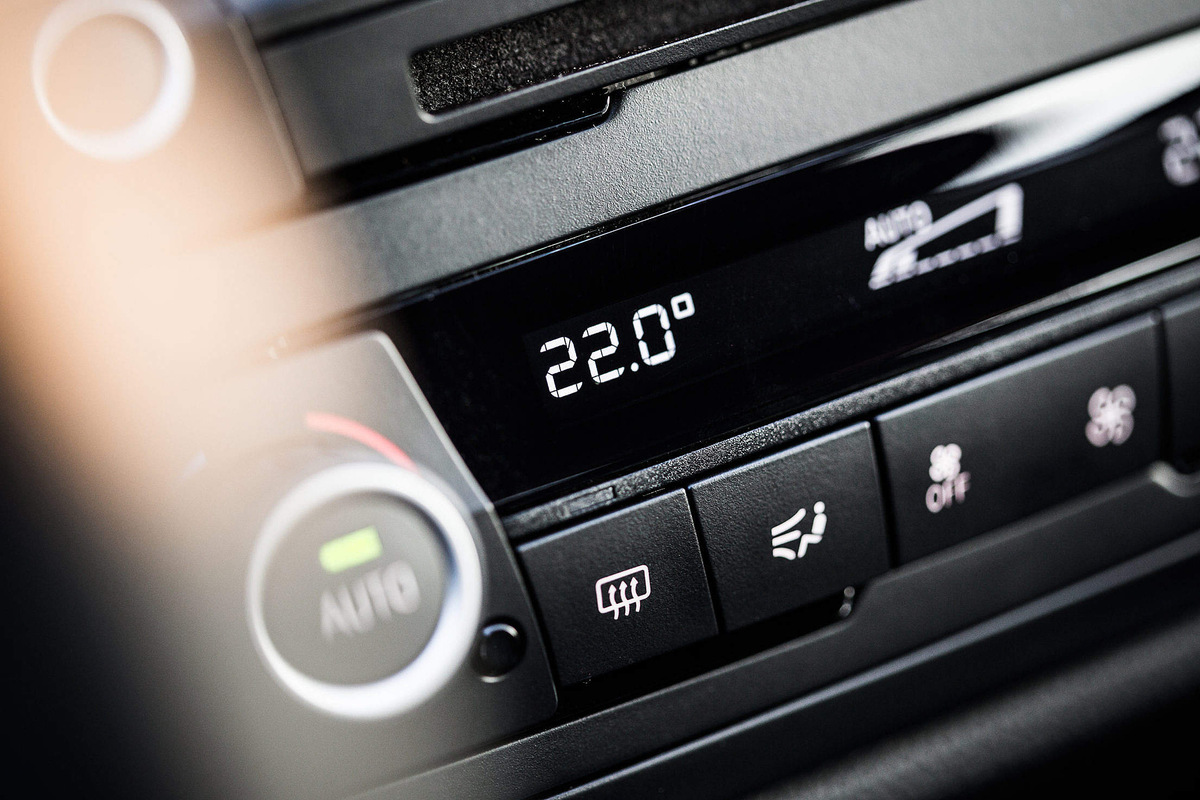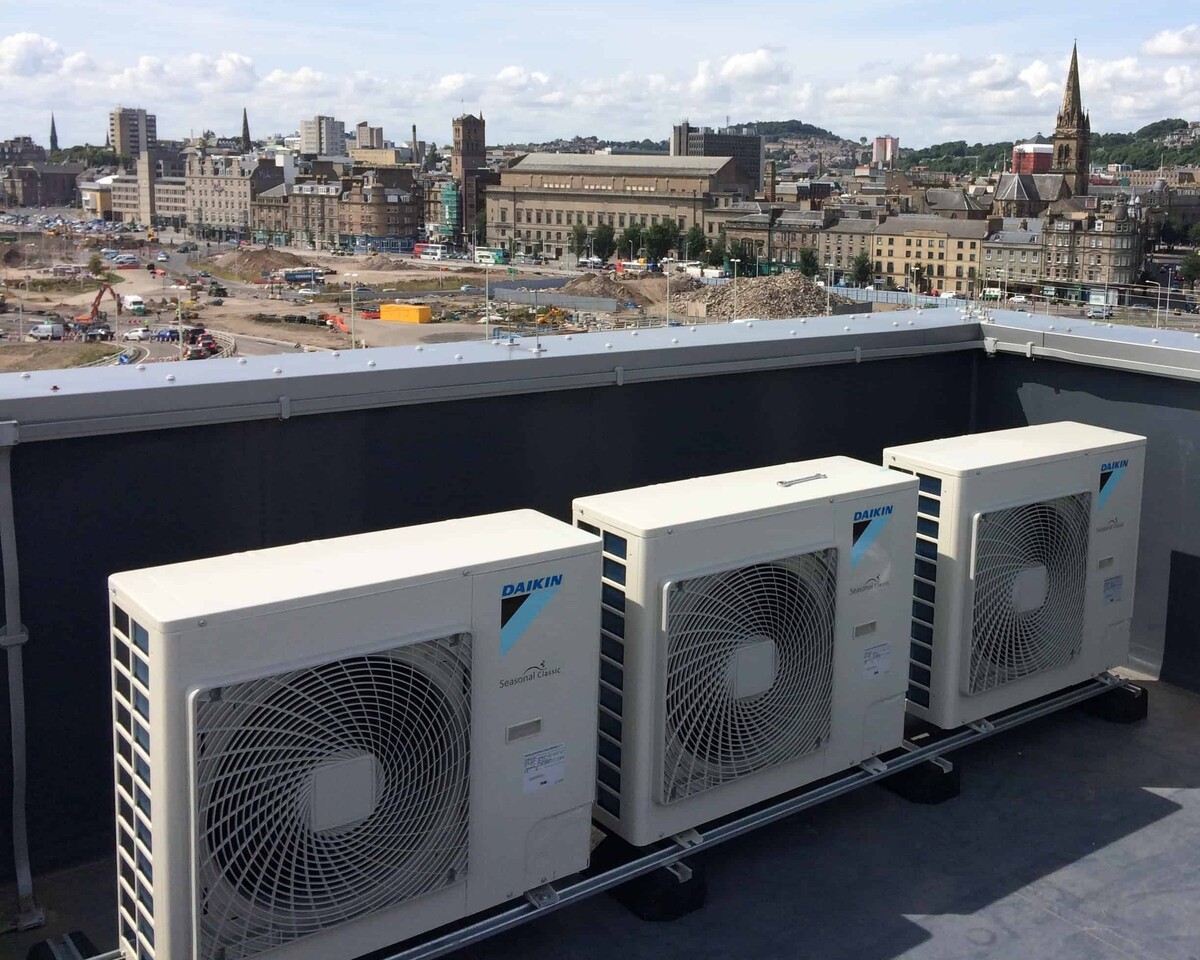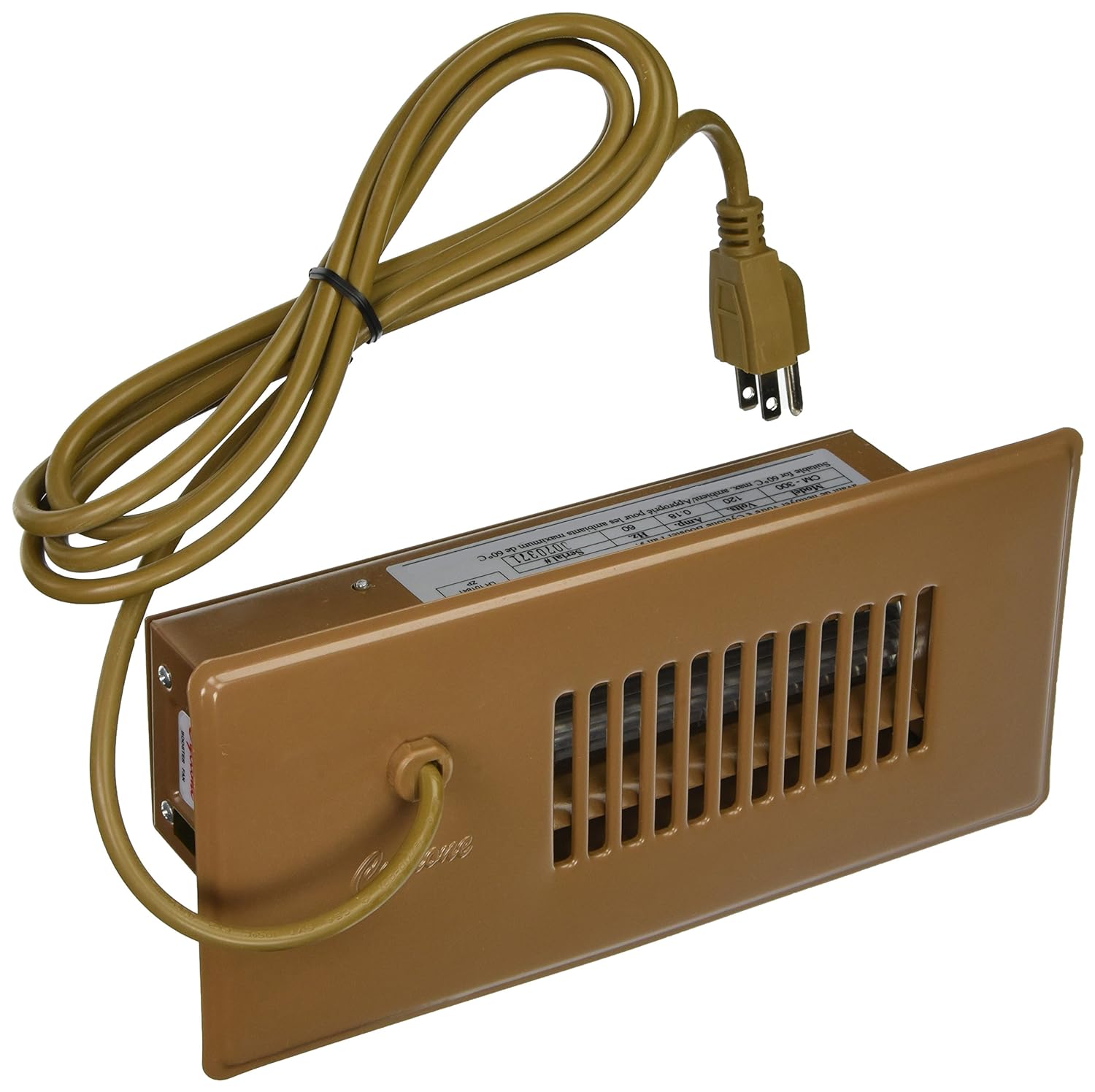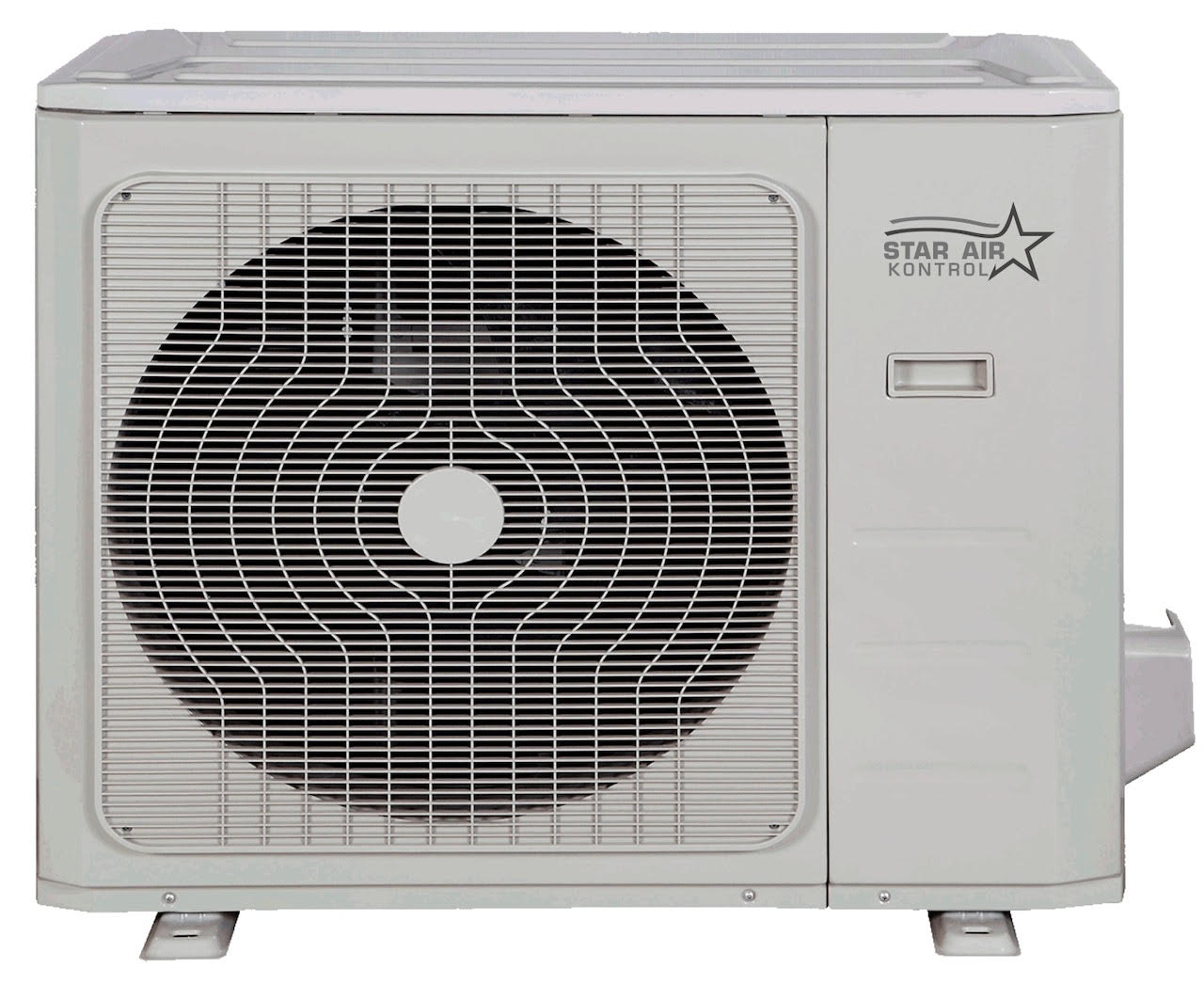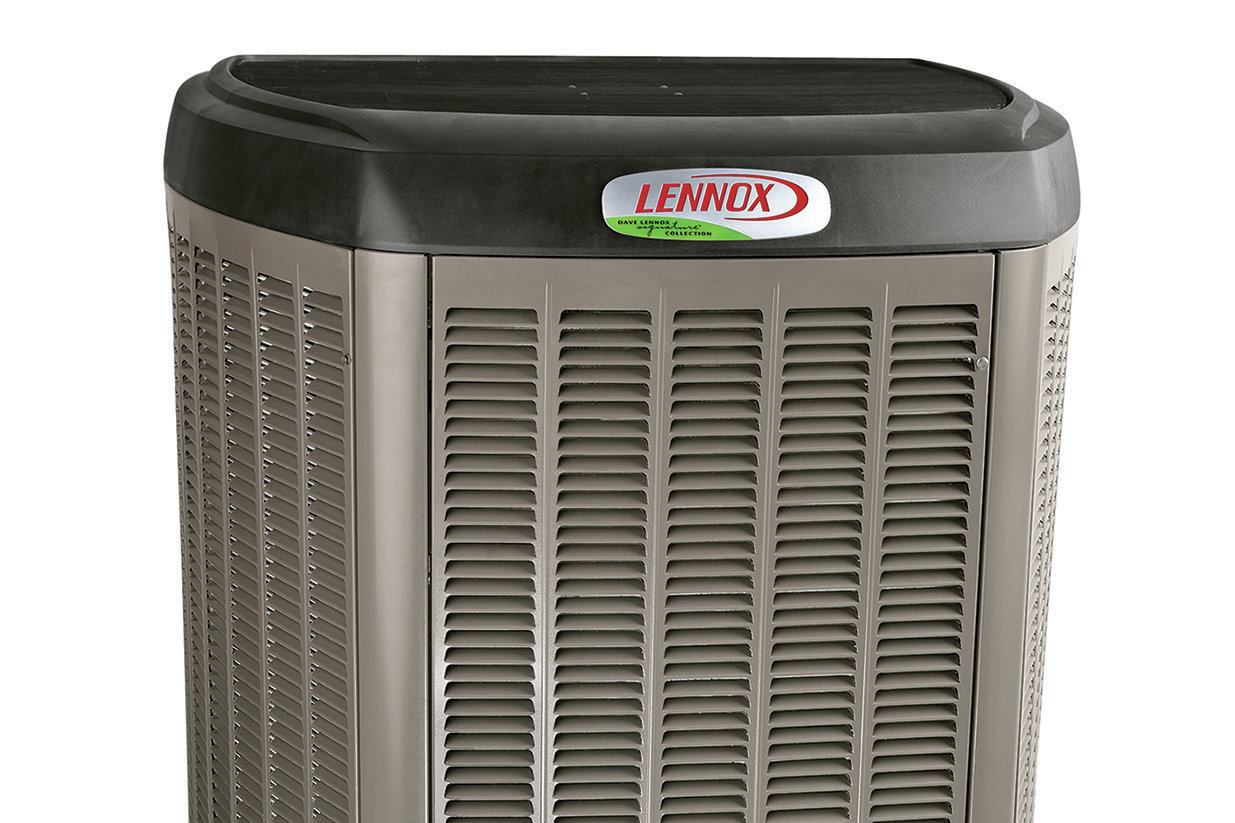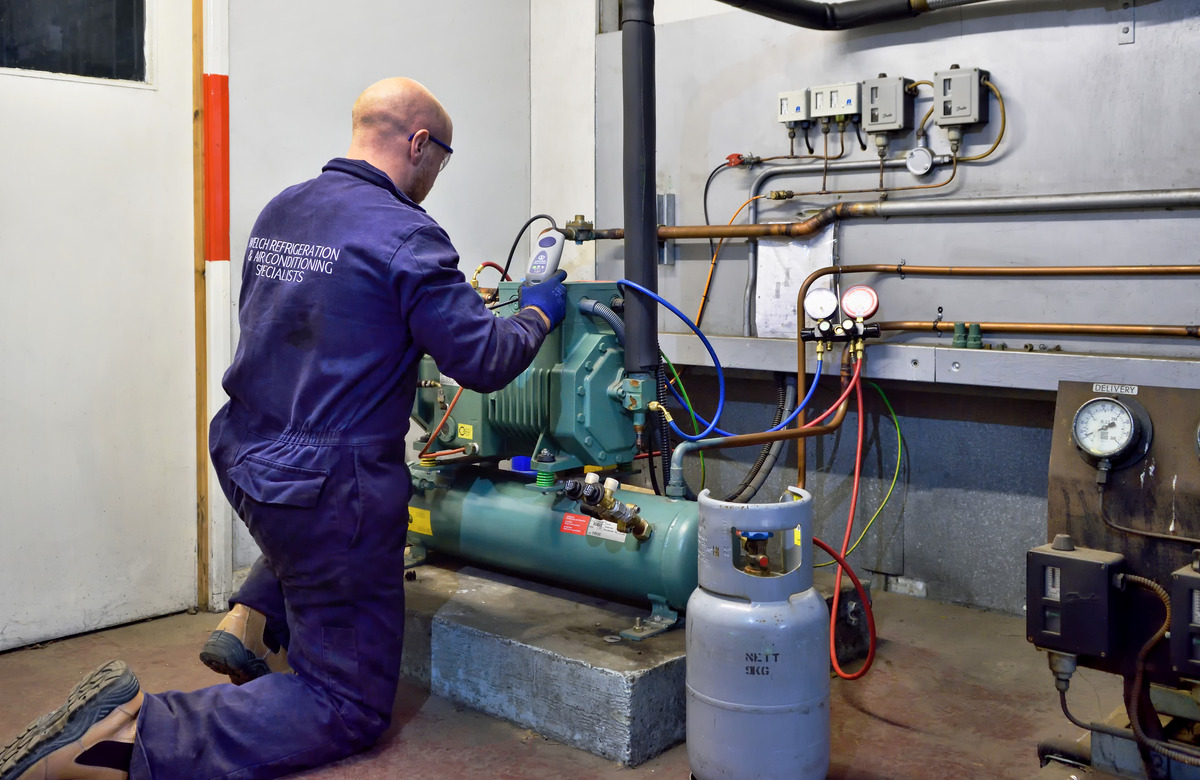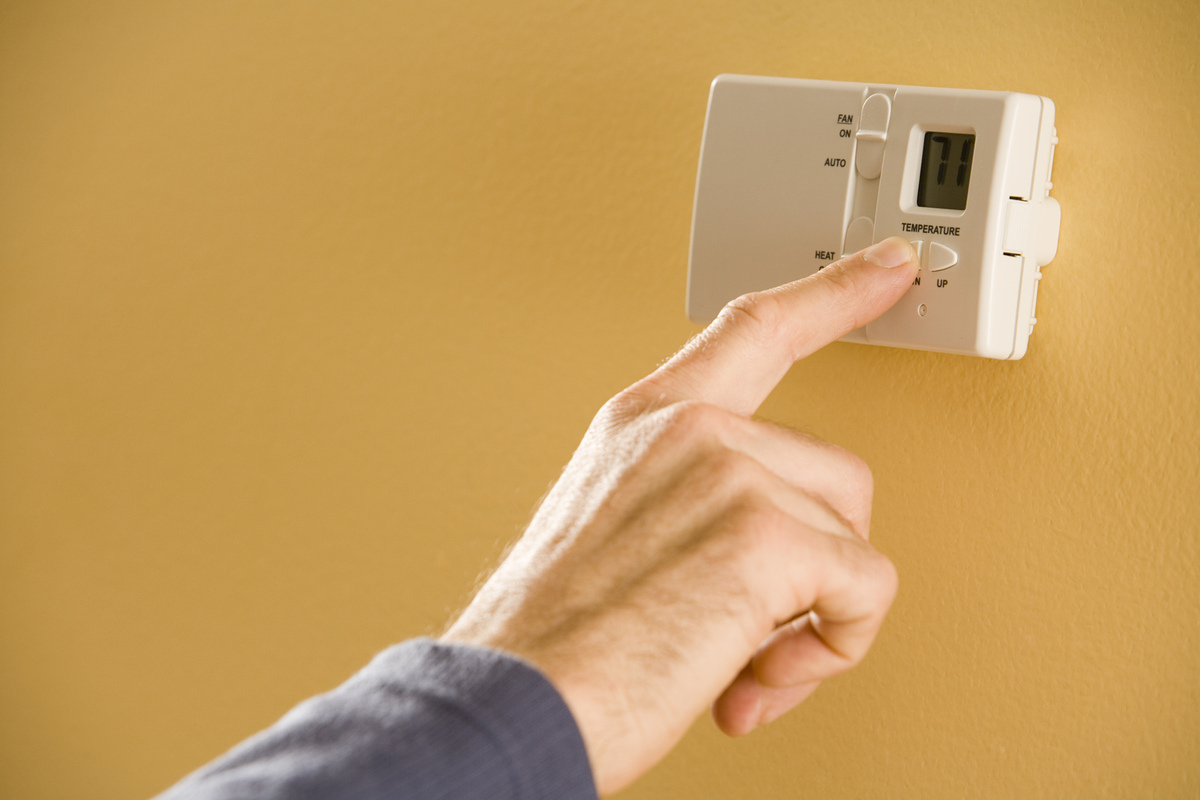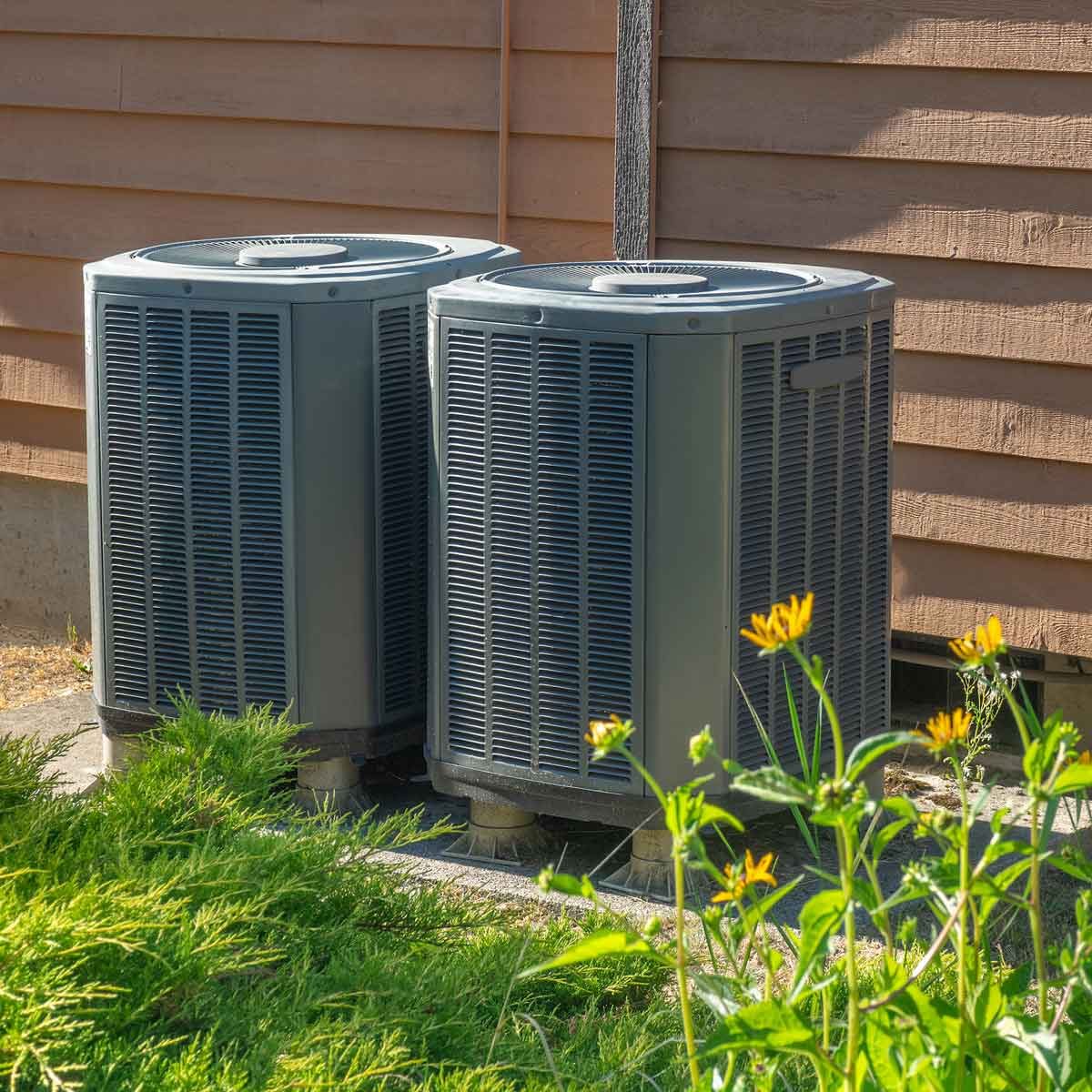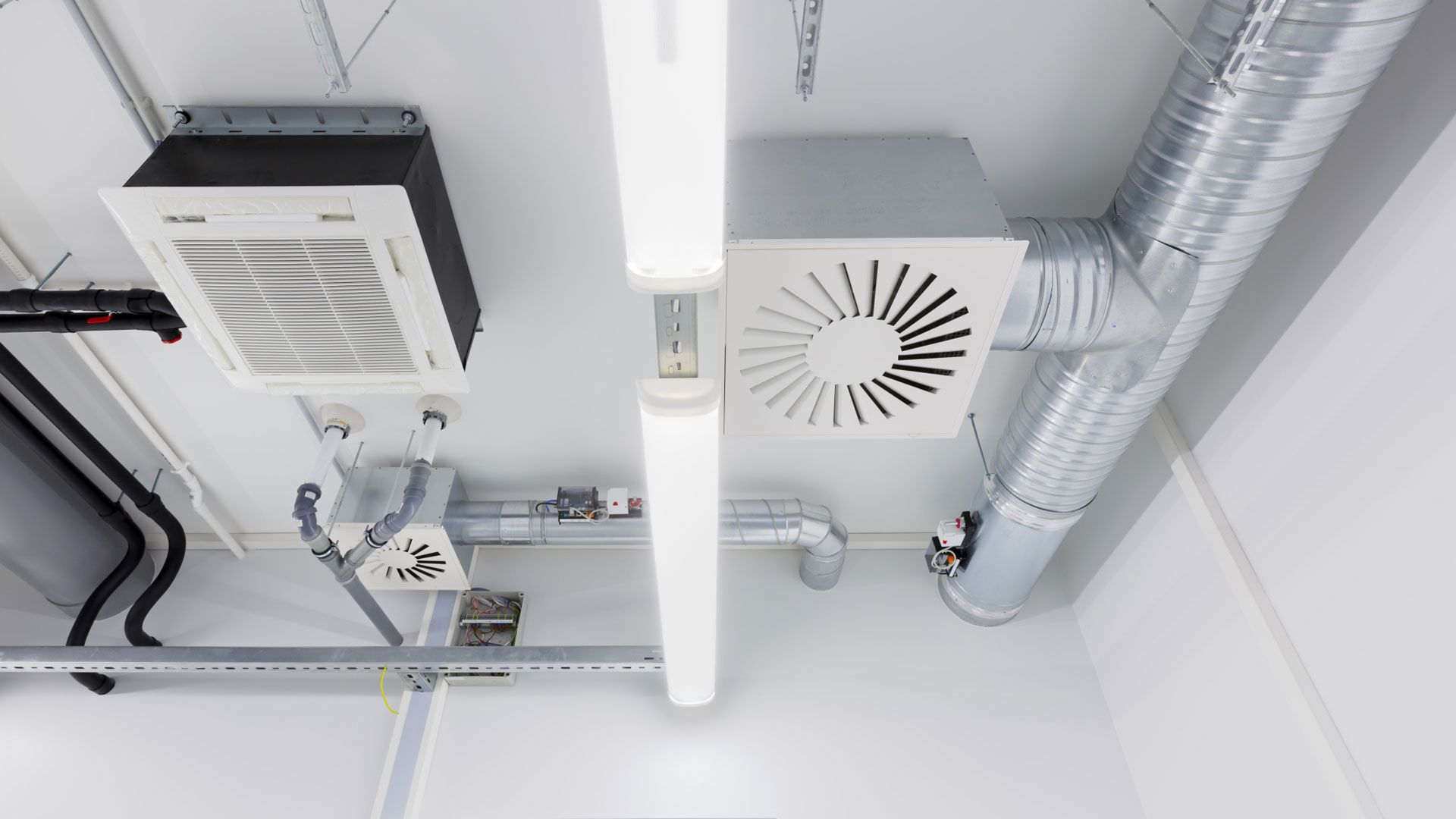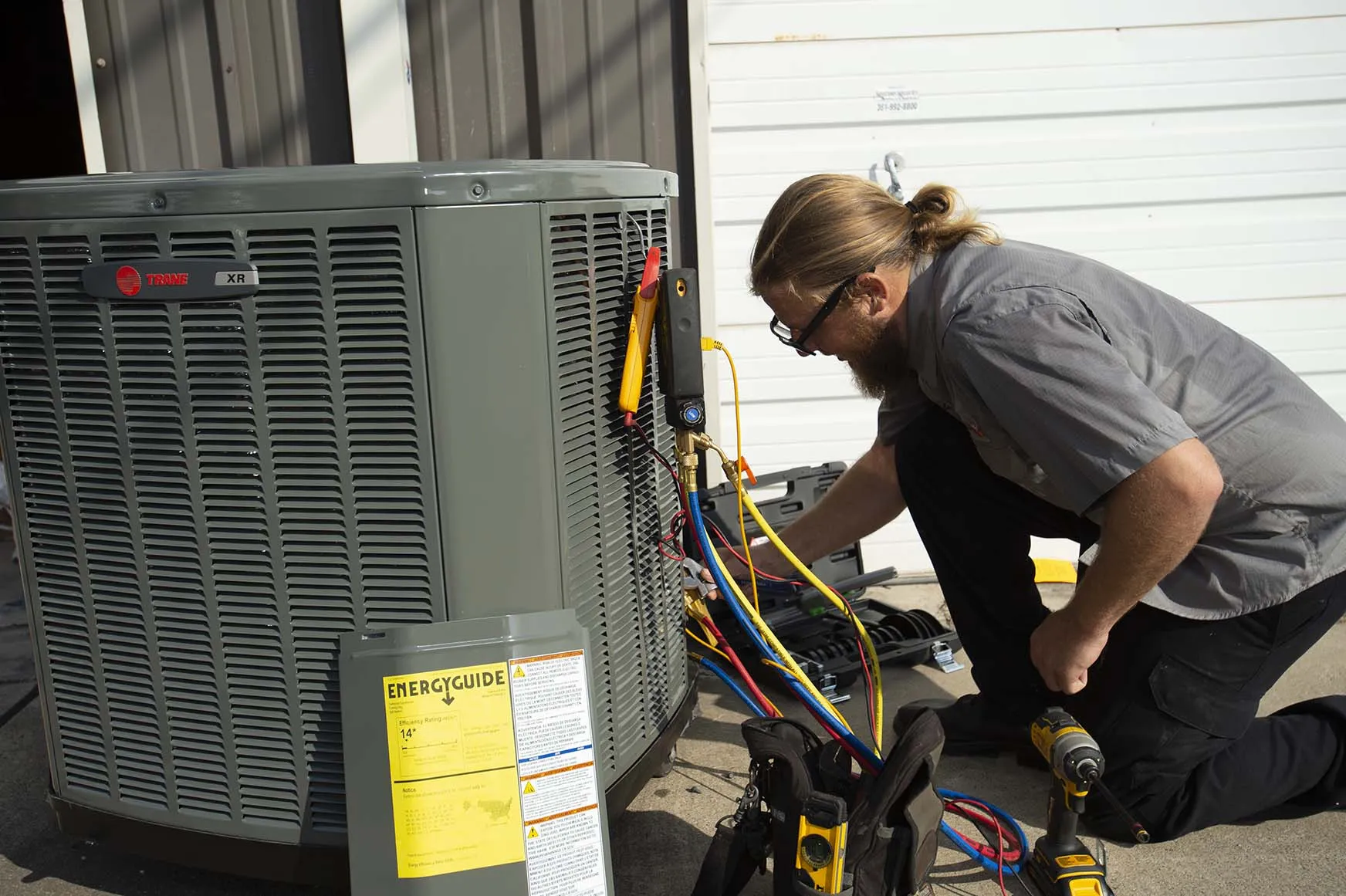Home>Home Maintenance>What Are The Components Of An Air Conditioning System
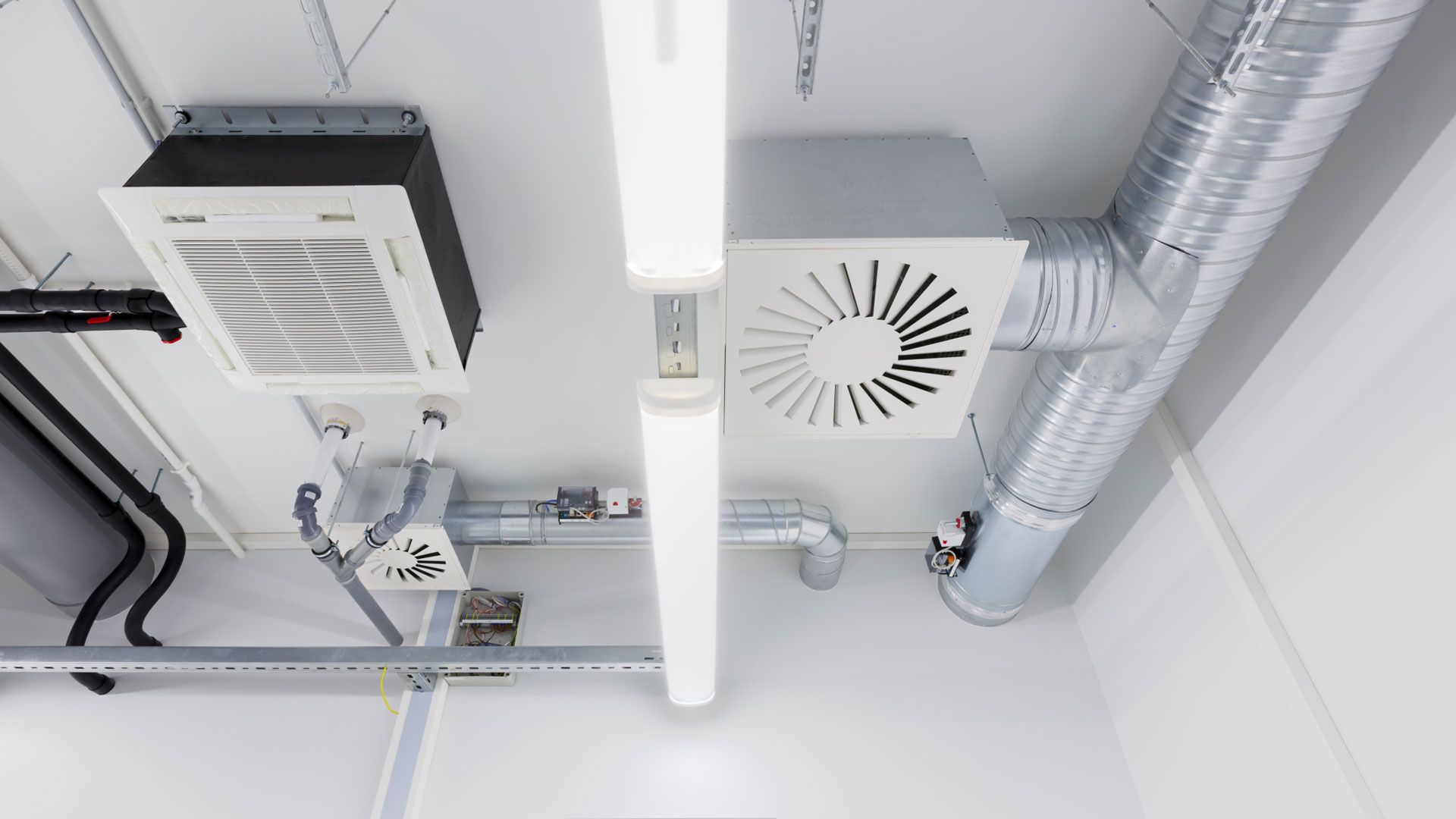

Home Maintenance
What Are The Components Of An Air Conditioning System
Modified: October 20, 2024
Learn about the key components of an air conditioning system for your #home-maintenance needs. Find out how each part contributes to a comfortable indoor environment.
(Many of the links in this article redirect to a specific reviewed product. Your purchase of these products through affiliate links helps to generate commission for Storables.com, at no extra cost. Learn more)
Introduction
Welcome to the world of air conditioning systems! As homeowners, we rely on these systems to keep us cool and comfortable during the sweltering summer months. But have you ever wondered what exactly makes up an air conditioning system? In this article, we will take a closer look at the various components that work together to provide the cool air we crave.
An air conditioning system is a complex arrangement of components that work in harmony to cool indoor spaces. Each component plays a crucial role in the overall operation of the system. By understanding how these components interact, you can better appreciate the inner workings of your air conditioning system and be better equipped to troubleshoot any issues that may arise.
So, let’s dive in and explore the key components of an air conditioning system, from the refrigerant to the electrical components, and everything in between.
Key Takeaways:
- Keep your air conditioning system running smoothly by understanding and maintaining its key components, such as the compressor, condenser, and evaporator.
- Regular maintenance, including filter replacement and drainage system checks, is crucial for optimal performance and energy efficiency of your air conditioning system.
Refrigerant
Refrigerant is at the heart of any air conditioning system. It is the substance responsible for absorbing heat from the indoor air and releasing it outside, creating a cooling effect. Commonly used refrigerants include R-410A and R-22, although the latter is being phased out due to its harmful effects on the ozone layer.
The refrigerant circulates through the system in a continuous cycle, transitioning between a gaseous and liquid state. When the air conditioner is running, the refrigerant absorbs heat from the indoor air, causing it to transform from a cool gas to a hot vapor. This vapor then travels to the compressor for further processing.
It’s important to note that refrigerants are highly specialized chemicals that require careful handling. They must be properly charged and maintained to ensure optimal system performance and efficiency. If you suspect a refrigerant leak or low levels, it is best to contact a professional HVAC technician to assist with recharging and repairs.
Compressor
The compressor is often referred to as the “heart” of an air conditioning system. Its primary function is to compress the refrigerant gas, increasing its pressure and temperature. This high-pressure gas then moves to the condenser, where it can release heat and return to a liquid state.
The compressor consists of a motor and a compressor pump. The motor provides the necessary power to run the pump, which compresses the refrigerant gas. This process is essential for maintaining the desired cooling effect in the system.
There are different types of compressors used in air conditioning systems, including reciprocating compressors, rotary compressors, and scroll compressors. Each type has its unique method of compressing the refrigerant gas, with varying levels of efficiency and noise.
It’s worth mentioning that the compressor’s proper functioning is critical for the overall performance of the air conditioning system. If the compressor fails or malfunctions, the system may not cool effectively, resulting in discomfort and potentially costly repairs. Regular maintenance, such as checking for proper lubrication and ensuring there are no refrigerant leaks, can help prolong the compressor’s lifespan and prevent any potential issues.
Condenser
The condenser is an essential component of an air conditioning system that plays a crucial role in releasing heat from the refrigerant. It is typically located outside the building, usually in the form of a large metal box with fins. The condenser works in conjunction with the compressor to complete the heat exchange process.
When the high-pressure refrigerant gas leaves the compressor, it enters the condenser coil. The coil contains numerous metal fins that facilitate the transfer of heat. As the hot refrigerant flows through the condenser coil, it cools down and liquefies. This process is achieved by dissipating heat to the surrounding outdoor air.
To enhance heat dissipation, the condenser may also include a fan, which helps to draw air across the coil and remove heat more efficiently. The combination of the condenser coil and fan allows for the rapid cooling and liquefaction of the refrigerant, preparing it for the next stage of the cooling cycle.
Proper maintenance of the condenser is essential to ensure optimal performance. Over time, the condenser coil may accumulate dirt, debris, or even foliage, hindering heat exchange efficiency. Regular cleaning and inspection of the condenser coil and fan are recommended to keep the system running smoothly and avoid potential breakdowns.
Expansion Valve
The expansion valve, also known as the metering device, is a vital component in the air conditioning system. Its primary function is to regulate the flow of the refrigerant into the evaporator coil, ensuring the proper amount of cooling is achieved.
Located between the condenser and evaporator, the expansion valve controls the refrigerant’s transition from a high-pressure liquid to a low-pressure liquid. This process is crucial because as the refrigerant passes through the expansion valve, it rapidly expands, resulting in a significant drop in pressure. This drop in pressure allows the refrigerant to absorb heat efficiently from the indoor air.
The expansion valve operates on a temperature and pressure sensor mechanism, which helps maintain a consistent flow of refrigerant based on the cooling demands. By adjusting the size of the valve opening, it controls the flow rate of the refrigerant into the evaporator coil, ensuring optimal cooling performance.
It’s important to note that the expansion valve must be properly sized and calibrated for the specific air conditioning system. Incorrect sizing or a faulty valve can result in inadequate cooling or inefficient operation. Regular maintenance and inspection of the expansion valve are necessary to ensure it is functioning correctly, and any issues should be addressed by a professional HVAC technician.
Read more: How To Flush Air Conditioning System
Evaporator
The evaporator is a key component of an air conditioning system that is responsible for cooling and dehumidifying the indoor air. It is typically located inside the building, often in the form of a coil or a series of coils.
When the refrigerant leaves the expansion valve, it enters the evaporator coil in a low-pressure liquid form. As the warm indoor air is drawn over the evaporator coil, the refrigerant inside the coil absorbs heat from the air. This heat absorption causes the refrigerant to evaporate from a liquid to a gas, creating a cooling effect.
As the indoor air passes over the evaporator coil, the latent heat (moisture) present in the air is also removed. This process effectively dehumidifies the air, making it more comfortable and reducing the overall humidity in the space.
The air conditioning system’s blower fan helps facilitate the circulation of the indoor air over the evaporator coil. The fan draws the warm air from the room through the return ducts, passes it over the coil where heat and moisture are absorbed, and then blows the cooled and dehumidified air back into the living space through the supply vents.
To maintain optimal performance, it is essential to keep the evaporator coil clean and free from debris, as a dirty coil can impede heat transfer and reduce cooling efficiency. Regular maintenance, including coil cleaning and filter replacement, can help ensure the evaporator operates effectively and efficiently.
Air Handler
The air handler is a critical component of an air conditioning system that works in conjunction with the evaporator coil to distribute conditioned air throughout the building. It is typically located indoors, often in an attic or utility closet.
The air handler houses several important elements, including the blower fan, motor, filter, and sometimes heating elements. The blower fan is responsible for circulating the air throughout the ductwork system, ensuring a consistent flow of conditioned air reaches every room.
When the air handler receives the cooled and dehumidified air from the evaporator coil, the blower fan propels the air through the filter, removing dust, allergens, and other particles. The filter plays a vital role in improving indoor air quality by trapping these contaminants and preventing them from recirculating.
The air handler also contains a motor that powers the blower fan, generating the necessary force to move the air. Depending on the system, the motor may have different speed settings to accommodate varying cooling demands.
In some systems, the air handler may also include heating elements or a heat exchanger, allowing the system to provide both cooling and heating capabilities. This setup is commonly found in heat pump systems.
Maintaining the air handler is crucial for optimal system performance. Regular filter replacement is essential to ensure proper airflow and prevent the buildup of dust and allergens. Additionally, inspections and maintenance of the blower fan and motor will help identify and address any issues early on, avoiding potential breakdowns and ensuring efficient operation.
Regular maintenance of your air conditioning system, including cleaning or replacing filters, checking refrigerant levels, and inspecting for any leaks, can help ensure efficient and reliable operation.
Ductwork
Ductwork is a crucial component of an air conditioning system that distributes the conditioned air from the air handler to various rooms and spaces within a building. It serves as a pathway for airflow, ensuring that cool air reaches every corner of the living or working space.
The ductwork consists of a network of metal or plastic tubes that are interconnected and strategically routed throughout the building’s walls, floors, and ceilings. These ducts are designed to deliver the cooled air while also providing a return pathway for the air to circulate back to the air handler.
Properly installed and insulated ductwork plays a vital role in maintaining energy efficiency and maximizing the system’s cooling performance. Well-designed duct systems are carefully engineered to minimize air leaks, reduce friction, and evenly distribute the conditioned air to each room.
Air leaks in the ductwork can significantly impact system efficiency, leading to energy wastage and reduced cooling effectiveness. It is essential to regularly inspect and seal any leaks or gaps in the ducts to prevent air loss and ensure the system works optimally.
In addition to the physical ducts, the ductwork system also includes various components such as registers, diffusers, and grilles. These components are responsible for controlling and directing the flow of air into the different rooms. By adjusting these components, occupants can customize the airflow and direct cool air where it is needed most.
Regular maintenance, including duct cleaning and inspections, is crucial to ensure proper airflow and minimize the accumulation of dust, debris, and allergens within the ducts. This helps maintain good indoor air quality and ensures that the cooling system operates efficiently.
Thermostat
The thermostat is a small but mighty component of an air conditioning system that serves as the control center for temperature regulation. It allows homeowners to set and adjust the desired indoor temperature, providing comfort and energy efficiency.
The thermostat is typically located on an easily accessible wall within the main living area. It consists of a temperature sensor, user interface, and control logic. The temperature sensor measures the current temperature in the room, while the user interface allows for temperature adjustments and system mode selections.
Modern thermostats come in various types, including manual, programmable, and smart thermostats. Manual thermostats require manual adjustment by the user to set the desired temperature. Programmable thermostats offer the added convenience of pre-setting temperature changes based on different time intervals, allowing for energy-saving settings during periods when the home is unoccupied or during sleep hours. Smart thermostats take it a step further by offering remote control capabilities via smartphone apps and advanced features like learning algorithms that can adjust the temperature based on occupancy patterns and weather forecasts.
The thermostat’s control logic is responsible for communication with the air conditioning system. When the temperature deviates from the set point, the thermostat sends a signal to the system, triggering the cooling process. Once the desired temperature is reached, the thermostat signals the system to cycle off, maintaining a comfortable environment.
Proper use of the thermostat can significantly impact energy efficiency and overall system performance. Setting the temperature at a moderate level and utilizing programmable or smart features to optimize energy usage can lead to reduced energy consumption and lower utility bills.
Regular maintenance involves checking the calibration of the thermostat and ensuring it is functioning correctly. It’s also important to keep the area around the thermostat clear from any obstructions that may affect temperature sensing.
The thermostat is the key to enjoying customized comfort and efficient cooling within a building. A well-maintained and properly calibrated thermostat works in tandem with the air conditioning system, ensuring comfort and energy savings for homeowners.
Filters
Filters are an integral part of an air conditioning system, responsible for purifying the air and improving indoor air quality. They are designed to capture dust, pollen, pet dander, allergens, and other particles, preventing them from circulating in the air and being breathed in by occupants.
Air filters are typically located within the air handler or at the return air registers throughout the building. They are made of materials that allow air to pass through while capturing particles effectively. Different types of filters are available, ranging from basic fiberglass filters to more advanced pleated filters, electrostatic filters, and HEPA (High-Efficiency Particulate Air) filters for those with specific air quality concerns.
Regularly replacing or cleaning filters is vital to maintain optimal system performance and indoor air quality. Over time, filters can become clogged with accumulated debris, reducing airflow and putting strain on the system. Restricted airflow can also lead to decreased cooling efficiency and increased energy consumption.
The frequency of filter replacement or cleaning depends on several factors, including the type of filter, indoor air quality, and the system’s usage. It is recommended to check the filters periodically and replace them as needed, typically every 1 to 3 months. Homes with pets or occupants with allergies may require more frequent filter changes.
Properly sized filters that match the system’s specifications should be used to prevent air leaks. Additionally, maintaining a clean and dust-free environment around the air handler and return air registers can help prevent debris from entering the system.
Regularly maintaining and replacing filters not only improves indoor air quality but also helps prolong the lifespan of the air conditioning system. Clean filters allow for optimal airflow, reducing strain on the fan motor and increasing energy efficiency. By investing in high-quality filters and staying on top of filter maintenance, homeowners can enjoy cleaner air and a well-functioning air conditioning system.
Drainage System
The drainage system is a critical component of an air conditioning system that is responsible for removing condensate water produced during the cooling process. As the air conditioner cools the indoor air, moisture in the air condenses on the evaporator coil and drips into a drain pan. The drainage system ensures this water is safely and efficiently removed from the system.
The drain pan, typically located underneath the evaporator coil or air handler, collects the water that drips off the coil. From there, the water flows into a drain pipe or tube that directs it to a proper drainage location, such as a floor drain or outdoors.
It is important to ensure the drainage system is functioning correctly to prevent water damage and mold growth. A clogged or malfunctioning drainage system can result in water leakage, leading to property damage and potential indoor air quality issues.
Regular maintenance of the drainage system is necessary to prevent clogs and ensure proper water flow. This includes checking the drain pan for any standing water or debris and clearing any blockages in the drain pipe. Installing a drain line trap or pan overflow switch can provide additional protection against water leakage and damage.
During periods of high humidity or heavy cooling usage, it may be necessary to inspect the drainage system more frequently to ensure it is adequately handling the condensate water. It is important to address any issues promptly, such as pooling water or slow drainage, to prevent damage to the air conditioning system and maintain a comfortable indoor environment.
Overall, the drainage system is an essential component that helps maintain the proper functioning and efficiency of the air conditioning system. Regular maintenance and attention to proper water drainage are key in ensuring the system works effectively and avoids any potential issues related to condensate water buildup or leakage.
Electrical Components
Electrical components play a vital role in the operation of an air conditioning system, providing the necessary power and control for the various system functions. These components ensure the efficient and safe operation of the system while delivering cool air to the indoor space.
The main electrical components of an air conditioning system include the circuit breaker, contactors, capacitors, and fan motors. The circuit breaker acts as a safety device, protecting the system from electrical overload by tripping when excessive current flows through the system. This helps prevent damage to the equipment and reduces the risk of electrical hazards.
Contactors are electromechanical devices that control the flow of electrical current to different system components. They allow for the seamless switching on and off of various elements, such as the compressor and blower fan, ensuring the appropriate operation of the system based on the temperature settings.
Capacitors store electrical energy and provide an additional boost of power when needed, such as during the startup of the compressor and fan motors. They help ensure reliable and efficient operation of these motors, especially during high-demand periods.
Fan motors are responsible for driving the blower fan in the air handler, drawing in the air and circulating it through the system. The fan motors require a sufficient electrical supply to operate at the desired speed and effectively distribute the cool air throughout the building.
Proper maintenance of the electrical components involves regular inspection for any signs of wear, damage, or loose connections. Any issues should be addressed promptly by a qualified professional to prevent malfunction and ensure the safety of the system.
It is essential to emphasize that electrical components should only be serviced and repaired by experienced professionals due to the potential hazards associated with electrical work. Handling electrical components without the necessary knowledge and expertise can lead to injury or system damage.
By ensuring the electrical components are in good working order, homeowners can rely on their air conditioning system for consistent, safe, and efficient cooling performance.
Conclusion
An air conditioning system consists of various components that work together to provide cool and comfortable indoor spaces. From the refrigerant to the electrical components, each element plays a crucial role in the system’s operation and performance.
The refrigerant absorbs heat from the indoor air and releases it outside through a cycle of compression, condensation, expansion, and evaporation. The compressor increases the pressure of the refrigerant, while the condenser expels heat from the system. The expansion valve regulates the flow of refrigerant, and the evaporator absorbs heat and dehumidifies the air. The air handler circulates the conditioned air through ductwork, while the thermostat allows for temperature control and system mode selection.
The filters keep the air clean by capturing particles and allergens, while the drainage system ensures efficient removal of condensate water. The electrical components provide the necessary power and control for the system to function safely and effectively.
To keep the air conditioning system running smoothly, regular maintenance is essential. This includes replacing or cleaning filters, inspecting and cleaning components, and ensuring proper drainage. Additionally, scheduling professional HVAC service to check refrigerant levels, lubricate moving parts, and address any issues is important for optimal performance.
Understanding the components of an air conditioning system empowers homeowners to troubleshoot minor issues and communicate effectively with HVAC professionals. It also promotes awareness of the importance of regular maintenance and the impact it has on energy efficiency, indoor air quality, and the system’s lifespan.
In conclusion, a well-maintained and properly functioning air conditioning system not only provides comfort during hot weather but also contributes to a healthy and enjoyable indoor environment for years to come.
Frequently Asked Questions about What Are The Components Of An Air Conditioning System
Was this page helpful?
At Storables.com, we guarantee accurate and reliable information. Our content, validated by Expert Board Contributors, is crafted following stringent Editorial Policies. We're committed to providing you with well-researched, expert-backed insights for all your informational needs.
